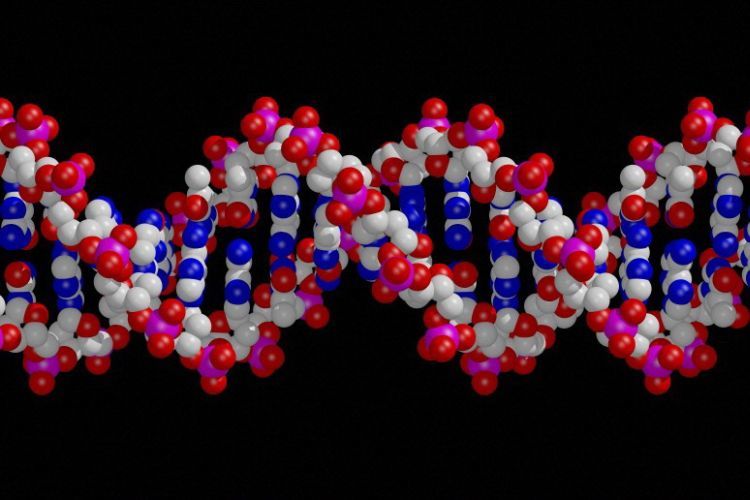Sex is a fundamental aspect of life on Earth, driving the reproduction and survival of countless species. But where does sex come from? In this comprehensive article, we will delve into the origins of sex, tracing its evolutionary roots and examining its biological significance. Through detailed exploration and scientific insights, we aim to provide a rich understanding of this vital phenomenon.
The Evolutionary Origins of Sex
Early Life and Asexual Reproduction
The story of sex begins with the earliest forms of life. Initially, life on Earth reproduced asexually. Asexual reproduction involves a single organism producing offspring that are genetic clones of itself. This method is efficient and ensures the rapid propagation of a species. However, it has limitations in terms of genetic diversity, which is crucial for adapting to changing environments.
The Advent of Sexual Reproduction

Sexual reproduction emerged around 1.2 billion years ago as a revolutionary step in the evolution of life. It involves the combination of genetic material from two parents, resulting in offspring with a mix of traits from both. This genetic recombination provides a significant evolutionary advantage by increasing genetic diversity, which enhances adaptability and survival in varying environments.
Mechanisms of Sexual Reproduction
Meiosis: The Basis of Genetic Diversity
The process of sexual reproduction relies on meiosis, a type of cell division that reduces the chromosome number by half. Meiosis produces gametes (sperm and eggs) with a unique combination of genes from each parent. When these gametes fuse during fertilisation, the resulting offspring inherit a diverse genetic makeup.
The Role of DNA and Chromosomes

DNA is the blueprint of life, carrying the genetic instructions for development and function. Chromosomes are structures within cells that organise and carry DNA. In sexual reproduction, the exchange and shuffling of chromosomes during meiosis ensure a diverse combination of genes, which is essential for the evolution of species.
Biological Significance of Sex
Genetic Variation and Evolution
One of the primary benefits of sexual reproduction is the creation of genetic variation. This variation is the raw material for evolution, allowing populations to adapt to changing environments. It also helps in the elimination of harmful mutations and the promotion of beneficial traits, driving the long-term survival and success of species.
Natural Selection and Adaptability

Natural selection acts on the genetic variation produced by sexual reproduction. Individuals with advantageous traits are more likely to survive and reproduce, passing those traits to the next generation. This process enhances the adaptability of species, enabling them to thrive in diverse and changing ecosystems.
The Complexity of Sexual Behaviour
Mating Systems and Strategies
Sexual reproduction involves a wide array of mating systems and strategies, varying across species. Some organisms engage in elaborate courtship behaviours, while others have straightforward mating rituals. These behaviours are often driven by the need to attract mates, ensure successful fertilisation, and maximise reproductive success.
Sexual Selection

Sexual selection is a form of natural selection that arises from differences in mating success. Traits that increase an individual’s chances of attracting a mate and reproducing become more prevalent in a population. This can lead to the development of striking physical features, such as the peacock’s tail, or intricate behaviours, such as bird songs.
Sexual Reproduction in Humans
Human Reproductive System
In humans, sexual reproduction is governed by a complex reproductive system. Males produce sperm in the testes, while females produce eggs in the ovaries. The process of fertilisation occurs when sperm and egg unite, leading to the development of an embryo.
Hormonal Regulation

Hormones play a crucial role in regulating human reproduction. In males, testosterone is responsible for sperm production and the development of secondary sexual characteristics. In females, hormones such as oestrogen and progesterone regulate the menstrual cycle, ovulation, and pregnancy.
Conclusion
The origins of sex are deeply rooted in the history of life on Earth. From the early days of asexual reproduction to the complex mechanisms of sexual reproduction, this process has been a driving force in the evolution and diversification of species. By fostering genetic variation and enabling natural selection, sexual reproduction has ensured the adaptability and survival of life in ever-changing environments. Understanding the origins and significance of sex provides valuable insights into the fundamental processes that shape the natural world.
